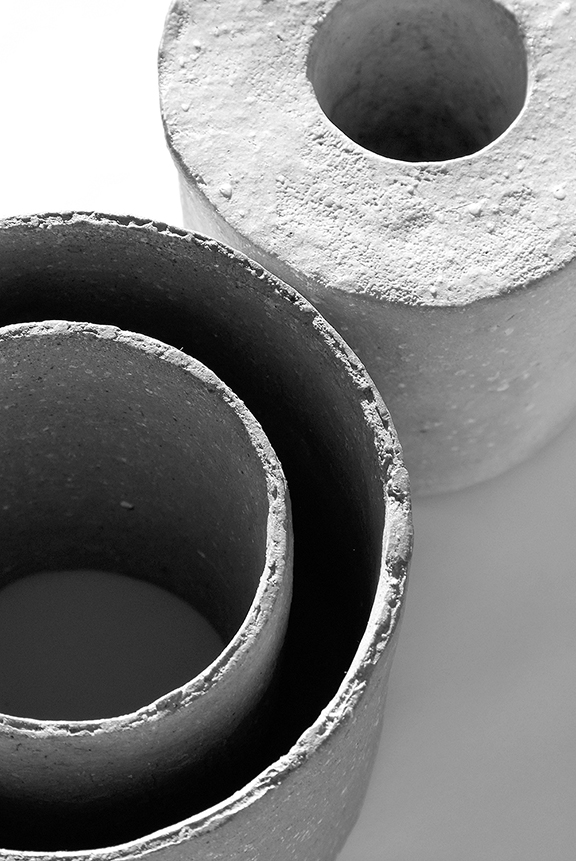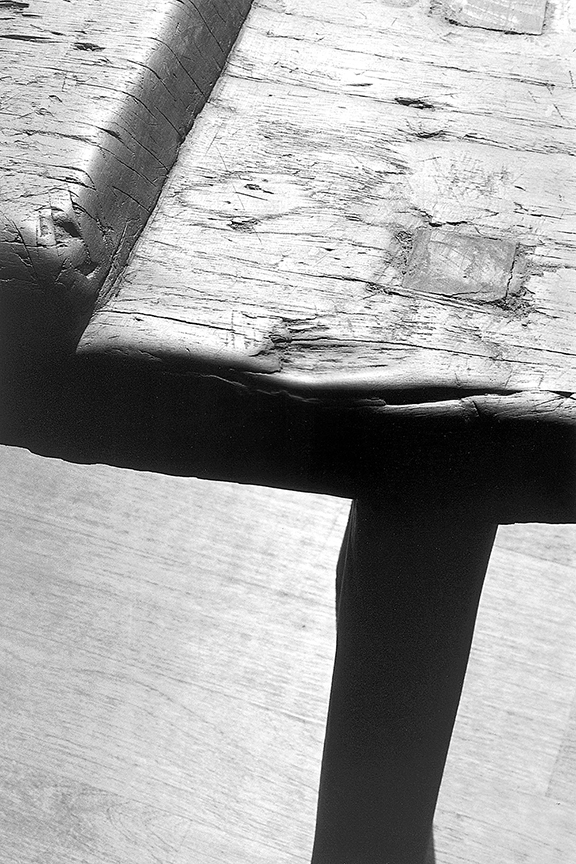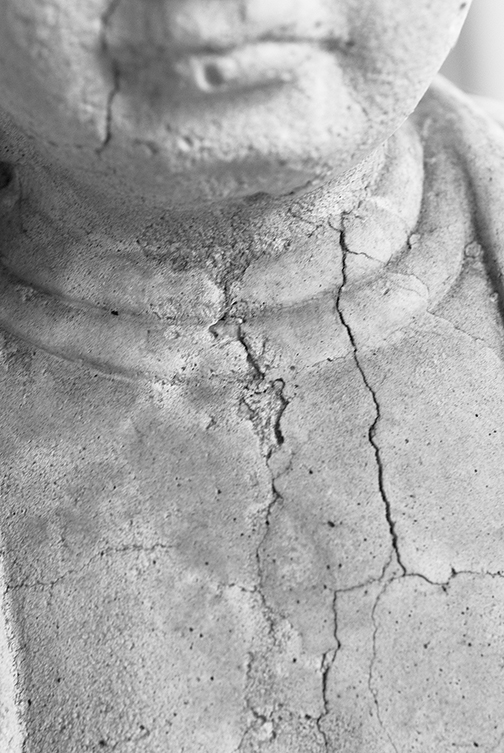Open to all pathways of creativity, the industry of design is ever-changing and consistently relies upon innovative visionaries who see the world in different ways. A new area of design that has the potential to make an impact is based around the philosophy of wabi-sabi.
Artist and author Leonard Koren of “Wabi-Sabi: for Artists, Designers, Poets & Philosophers” describes the philosophy as “a beauty of things imperfect, impermanent, and incomplete,” or the opposite of things that are perfect, everlasting and monumental.
The author, who lived on and off in Japan for 20 years before writing his first book on the subject, first learned the terms “wabi” and “sabi” when studying the Japanese tea ceremony, and often heard his designer and artist friends use “wabi-sabi” in conversation.
“I knew what they meant but when I looked the term up in Japanese dictionaries — and I looked through dozens of them — I couldn’t find it. So I embarked on an intensive study that resulted in the codification of wabi-sabi in clear, rational language. This study, he said, has brought wabi-sabi into discussion over meaning in both the Eastern and Western worlds.



“Things wabi-sabi are often initially perceived as ugly. It is the transmutation of the not-beautiful into the beautiful that is part of the magic of wabi-sabi. Accordingly, every person finds wabi-sabi in different things and therefore applies the term in different ways,” Koren notes.
With regard to design and architecture, wabi-sabi plays a key role in both the acquisition and maintenance of design elements in the home, from antiques to finishes on wooden surfaces. Koren gives the example of an 18th century Italian desk, which upon first glance shows evidence of hundreds of years of human use and misuse, including discoloration and natural deterioration with age.
“The value of the desk is not diminished by these ‘imperfections,’” Koren says. “Rather, it is enhanced because these deviations from the perfect reveal a rich, complex history. The scars, nicks, bruises, et cetera connect the desk to a larger context: time’s passing and concomitant natural processes.”
Koren notes a few modern design methods that fit into the design aesthetic, from Corten steel, which is designed to develop a permanent rust patina, to works by the Spanish artist Antoni Tapies who sometimes uses marble dust in his paint, waste paper, string and rags.
Though the term “wabi-sabi” might not be on everyone’s design radar, Koren believes the term has gained a permanent foothold in the minds of sophisticated Western designers and architect — “even if they never explicitly use the term!”














